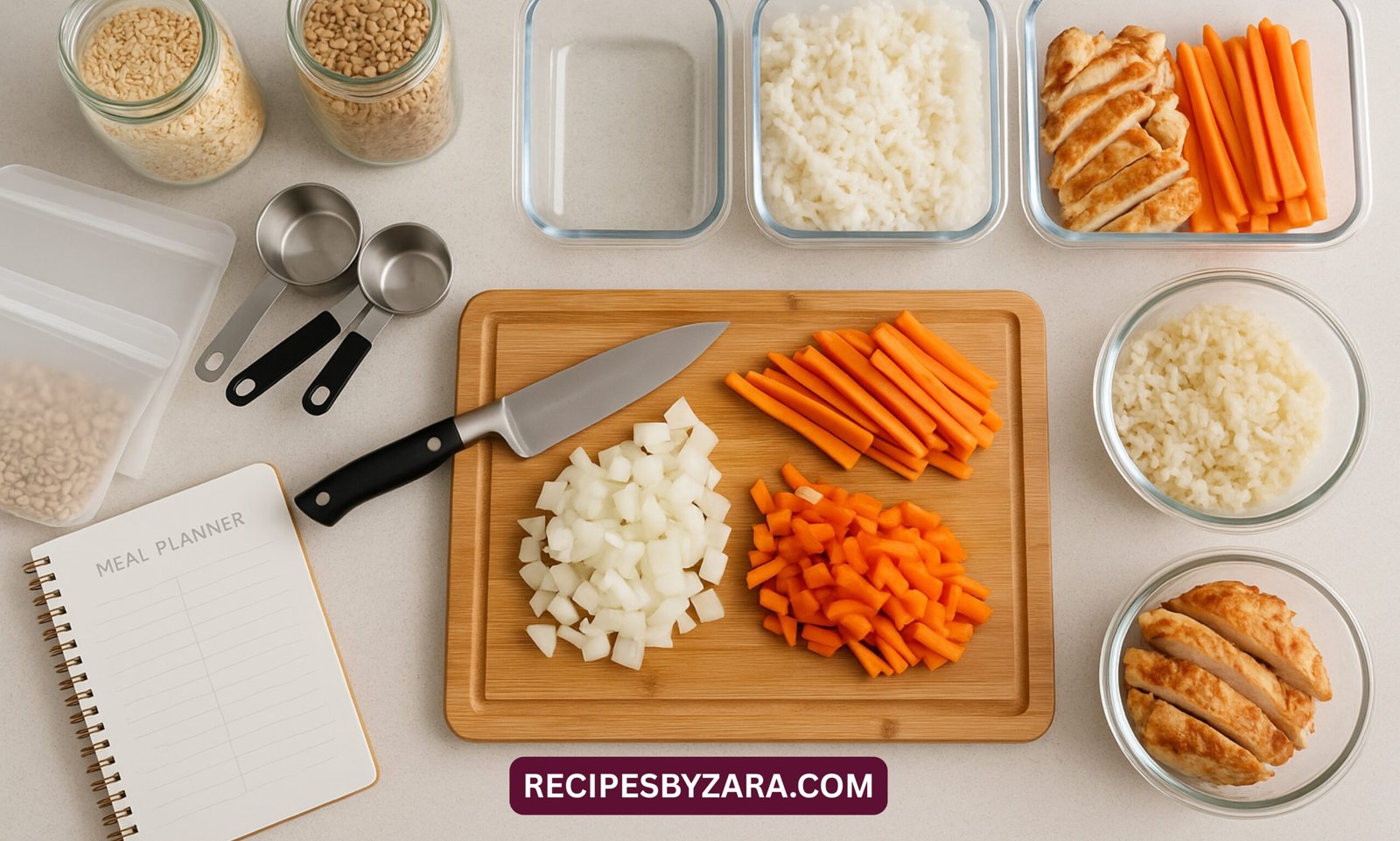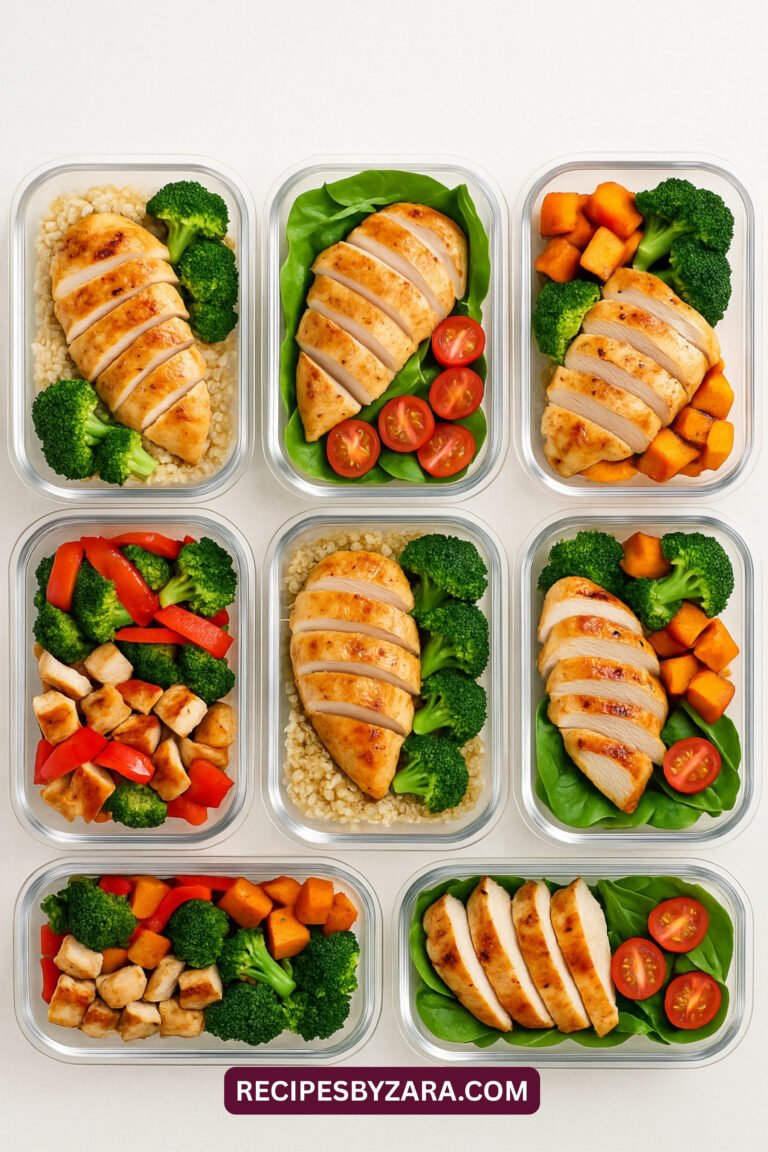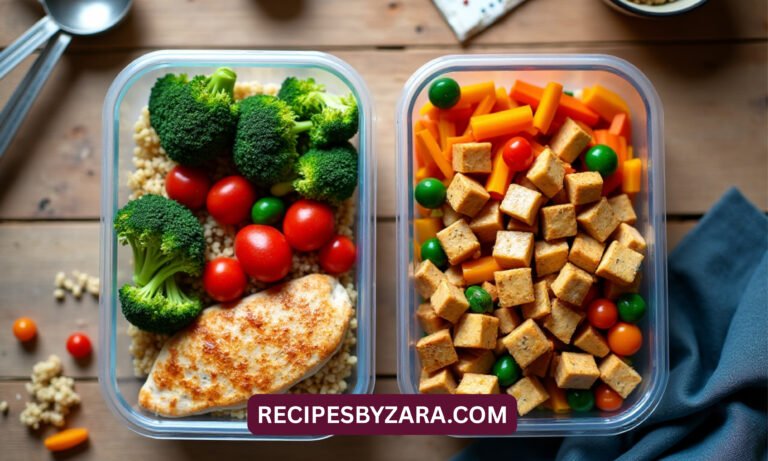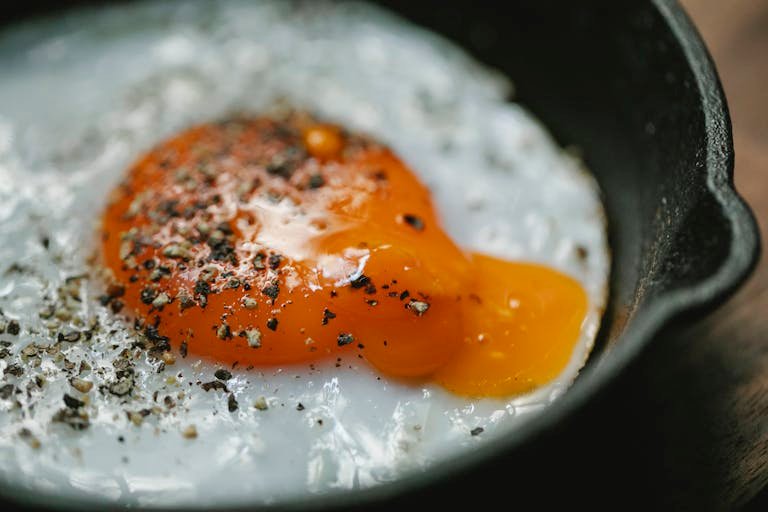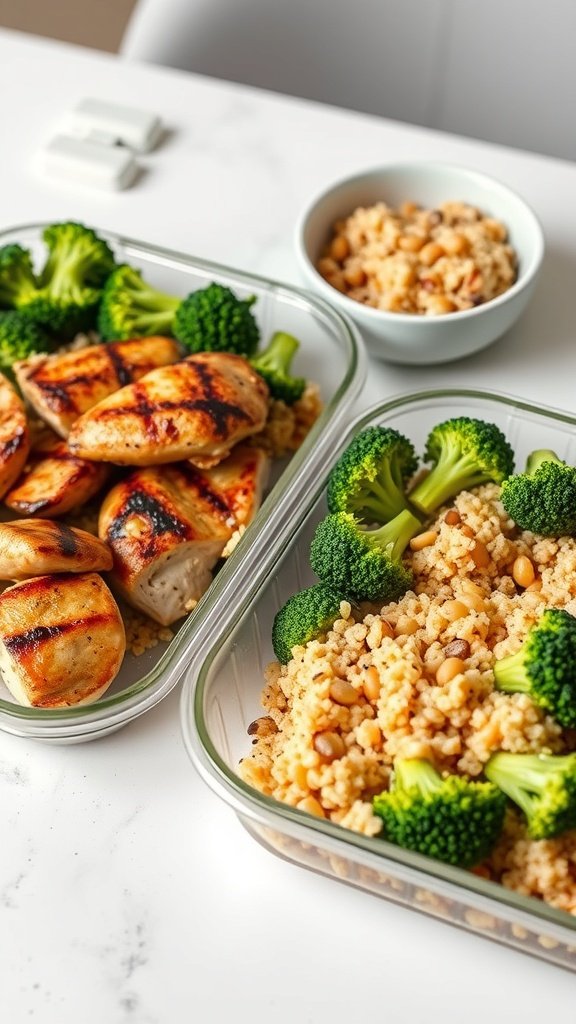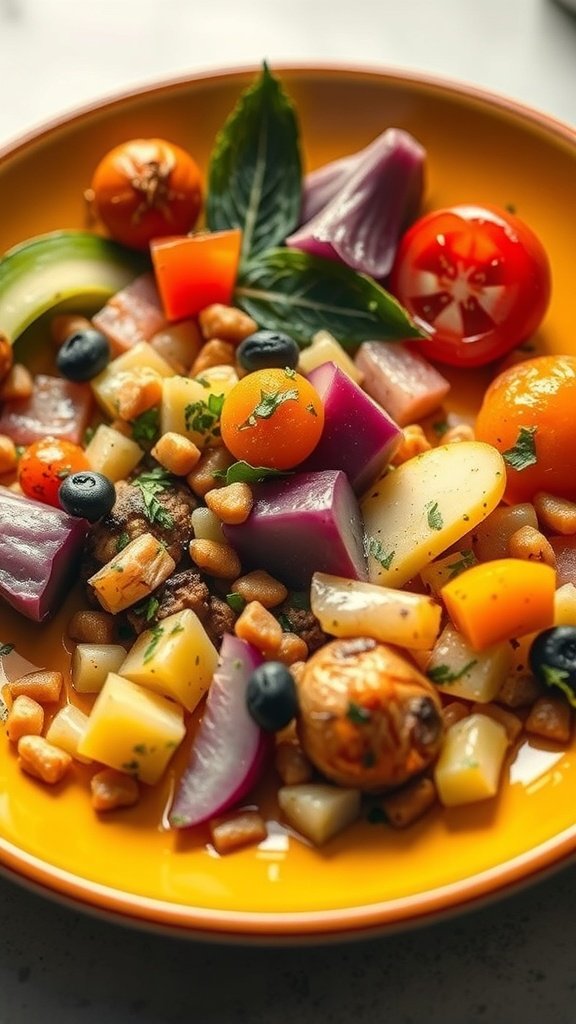Kitchen Tips for Meal Prep: Time-Saving Tricks for Efficient, Stress-Free Cooking
Streamline your cooking routine with these smart kitchen tips for meal prep. Learn how to save time, stay organized, and prep healthy meals faster with these essential kitchen strategies.
Meal prepping can completely transform your weekly routine, but it all starts in the kitchen. If your kitchen setup isn’t efficient, prepping meals can quickly become stressful and time-consuming. That’s why learning the right kitchen tips for meal prep can help you get more done in less time, with less mess and less stress.
Having a smart system in place makes everything easier from chopping vegetables to storing your meals properly. Whether you cook for yourself, a partner, or a whole family, organizing your kitchen with prep in mind allows you to plan healthier meals and avoid last-minute takeout.
In this guide, you’ll learn simple but powerful tips that make a big difference when it comes to meal prep. From must-have tools to how you set up your space, these strategies are designed to help you cook smarter, not harder. Let’s dive into the key steps that will take your meal prep game to the next level.
1. Why Kitchen Efficiency Matters in Meal Prep
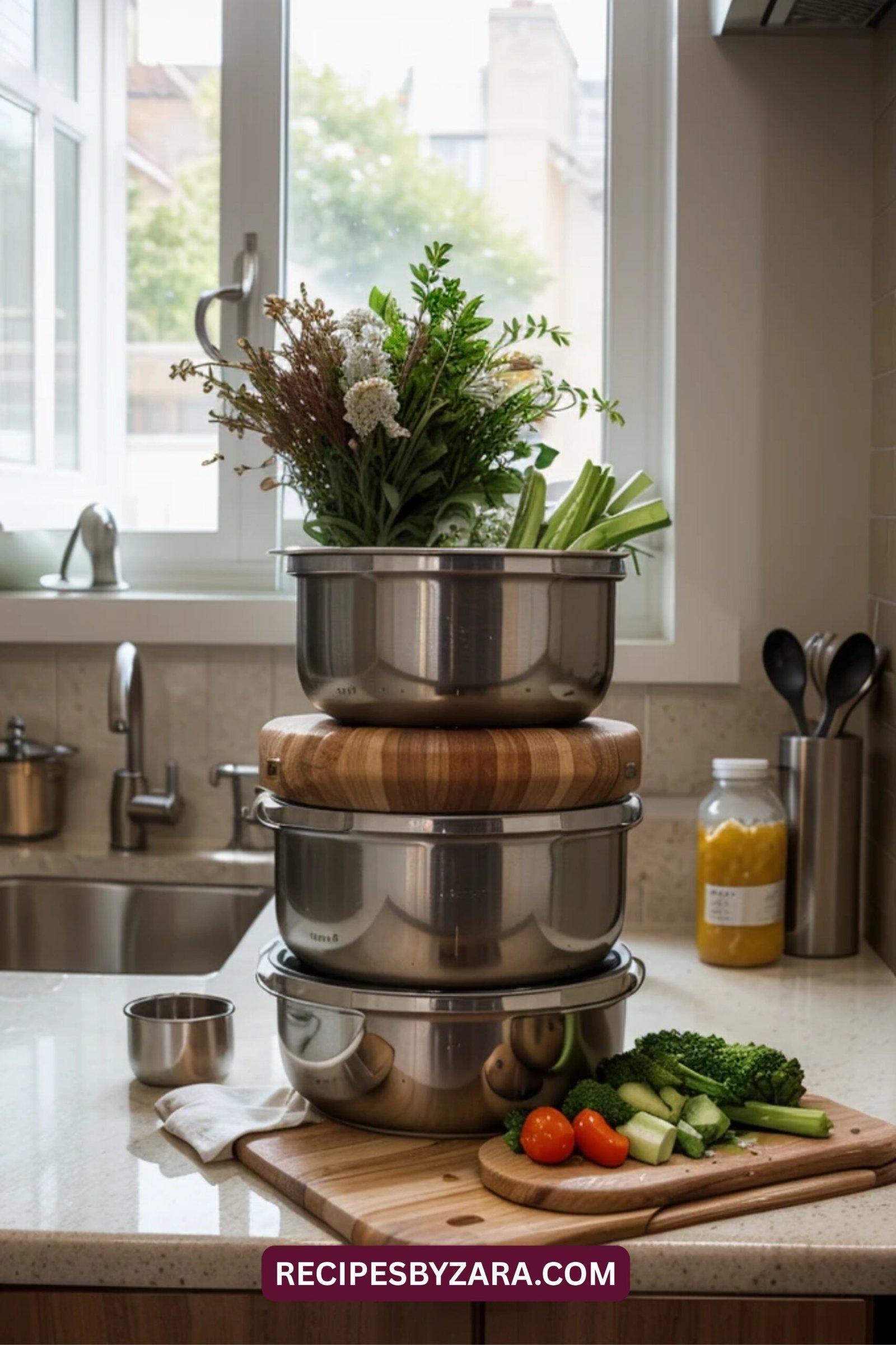
Being efficient in the kitchen isn’t just about speed, it’s about making meal prep feel doable week after week. When your space is cluttered or you don’t have a system, cooking becomes a chore. But with the right setup, prepping your meals becomes a smooth and satisfying process that fits into your lifestyle.
One of the biggest reasons to improve kitchen efficiency is time savings. When everything has its place and you follow a routine, you can prep multiple meals in a fraction of the time. Simple changes, like having clean counters or sharpening your knives, can make meal prep go much faster.
Efficiency also supports better eating habits. When it’s easy to prep, you’re more likely to follow through on healthy meal plans. This means fewer skipped meals, less takeout, and more control over your ingredients and portions. All of this adds up to better long-term wellness.
Lastly, a more efficient kitchen reduces mental stress. You won’t feel overwhelmed looking at a messy space or unsure of where to start. Instead, you can enjoy the process and focus on building a sustainable habit around time saving meal prep tips that work for you.
2. Must-Have Tools That Make Meal Prep Easier
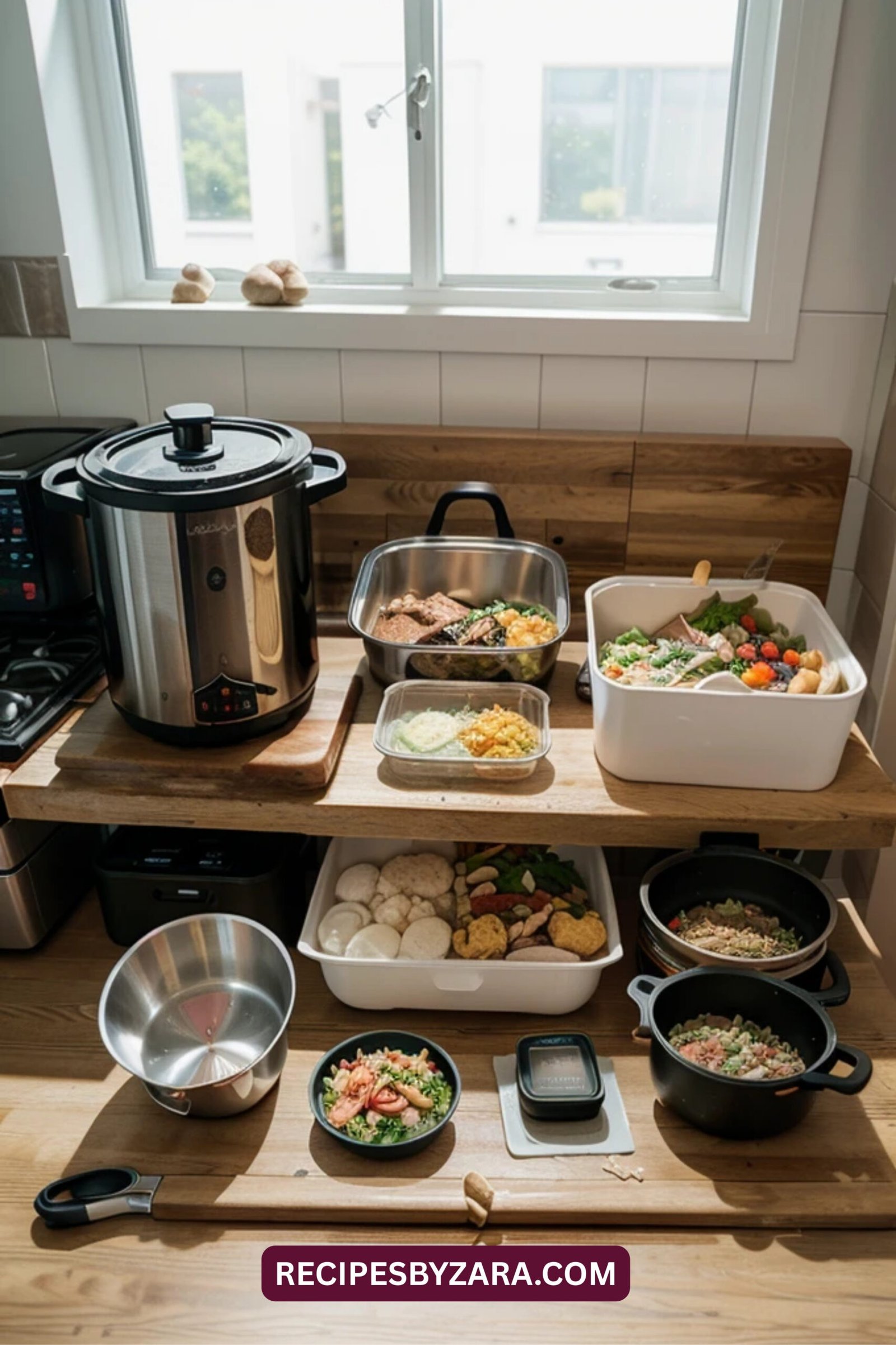
You don’t need a kitchen full of gadgets to meal prep like a projust a few reliable tools can make a huge difference. The first essential is a good chef’s knife. It should feel comfortable in your hand and stay sharp. Pair it with a sturdy cutting board, preferably two: one for meat and one for produce.
Next, invest in quality storage containers. Glass containers with tight lids work best because they can go from fridge to microwave without worry. Having uniform sizes helps stack them neatly in your fridge or freezer. This small upgrade will support your entire weekly meal prep routine.
Appliances like an Instant Pot, slow cooker, or air fryer can save tons of time. These tools let you cook large quantities with minimal effort. You can prepare shredded chicken, soups, or roasted vegetables while doing other things. For busy schedules, they’re a total game-changer.
Finally, make sure you have measuring cups, a food scale, and a few mixing bowls on hand. These help you keep portions accurate and make prep more consistent. With the right tools in place, your kitchen workflow becomes smoother, faster, and more enjoyable.
3. How to Organize Your Kitchen for Prep Success
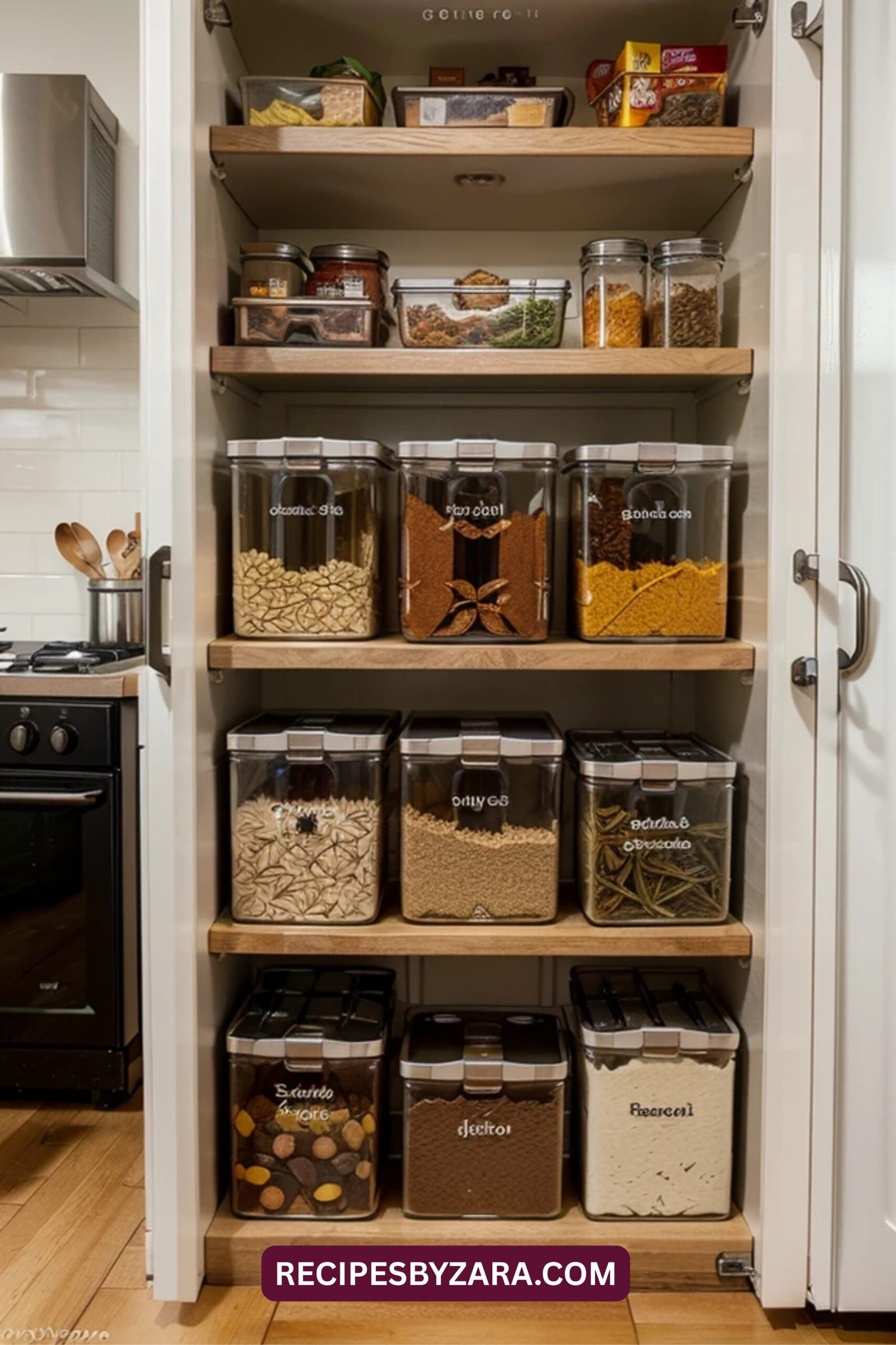
A well-organized kitchen is the foundation of successful meal prep. Start by creating a dedicated prep area on your countertop. Clear the space of clutter and keep the tools you use most within easy reach. This could include your cutting board, knife, mixing bowls, and measuring tools.
Keep your pantry and fridge sorted so ingredients are easy to find. Store similar items togetherfor example, grains in one section, canned goods in another, and condiments in the door. Use clear containers or labels if needed. A tidy space saves you time hunting down what you need.
Consider organizing your tools by how often you use them. Daily-use items should be front and center, while less-used gadgets can go in cabinets or drawers. Having an accessible layout helps reduce the steps it takes to get your meals going.
Lastly, adopt the “clean as you go” habit. Instead of letting dishes pile up, rinse and load the dishwasher while your food cooks. This keeps your prep area usable and makes post-cooking cleanup much faster. When your kitchen is set up well, your efficient cooking system will run like clockwork.
4. Smart Cooking Techniques to Save Time
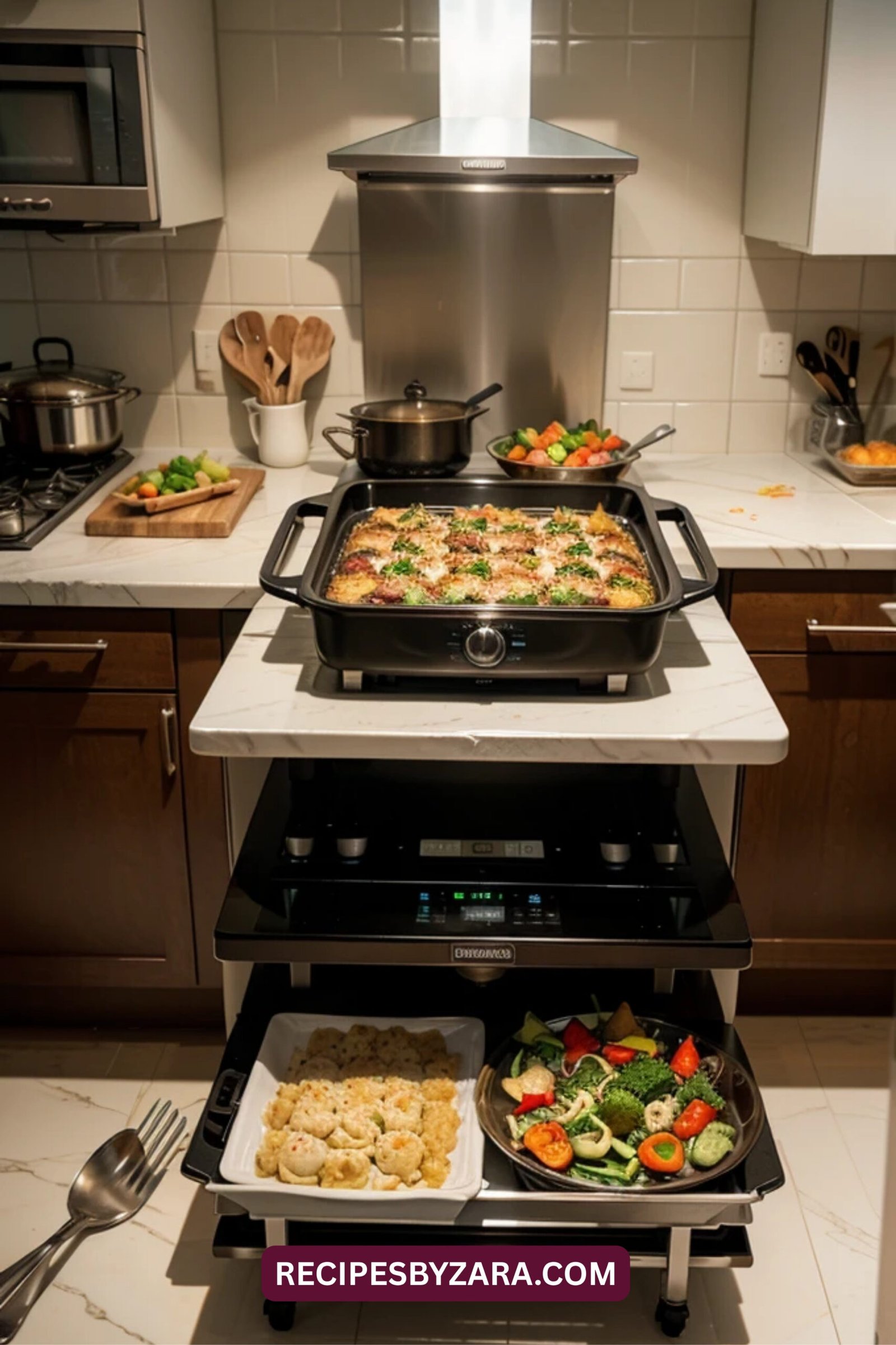
Smart cooking doesn’t mean complicated techniques, it just means doing things in a more intentional way. One of the best strategies is batch cooking. Cook a large portion of grains, proteins, or vegetables at once and use them in multiple meals throughout the week.
Another great technique is one-pan cooking. Use a sheet pan to roast an entire meal in the oven. Chicken, sweet potatoes, and broccoli can all go on one tray. This cuts down on prep time and dishes, and it’s great for building quick one pan cooking tips into your routine.
You can also use multitasking to your advantage. While rice simmers on the stove, you can chop veggies or portion meals into containers. If you have an air fryer or Instant Pot, use them to cook something else at the same time. These overlapping steps make your prep more productive.
Lastly, cool items quickly by spreading them on a baking tray before storing. This prevents moisture buildup and keeps textures better after reheating. It’s a simple yet effective method that ensures your meal prep for busy people stays fresh and safe.
5. Prepping Ingredients the Right Way
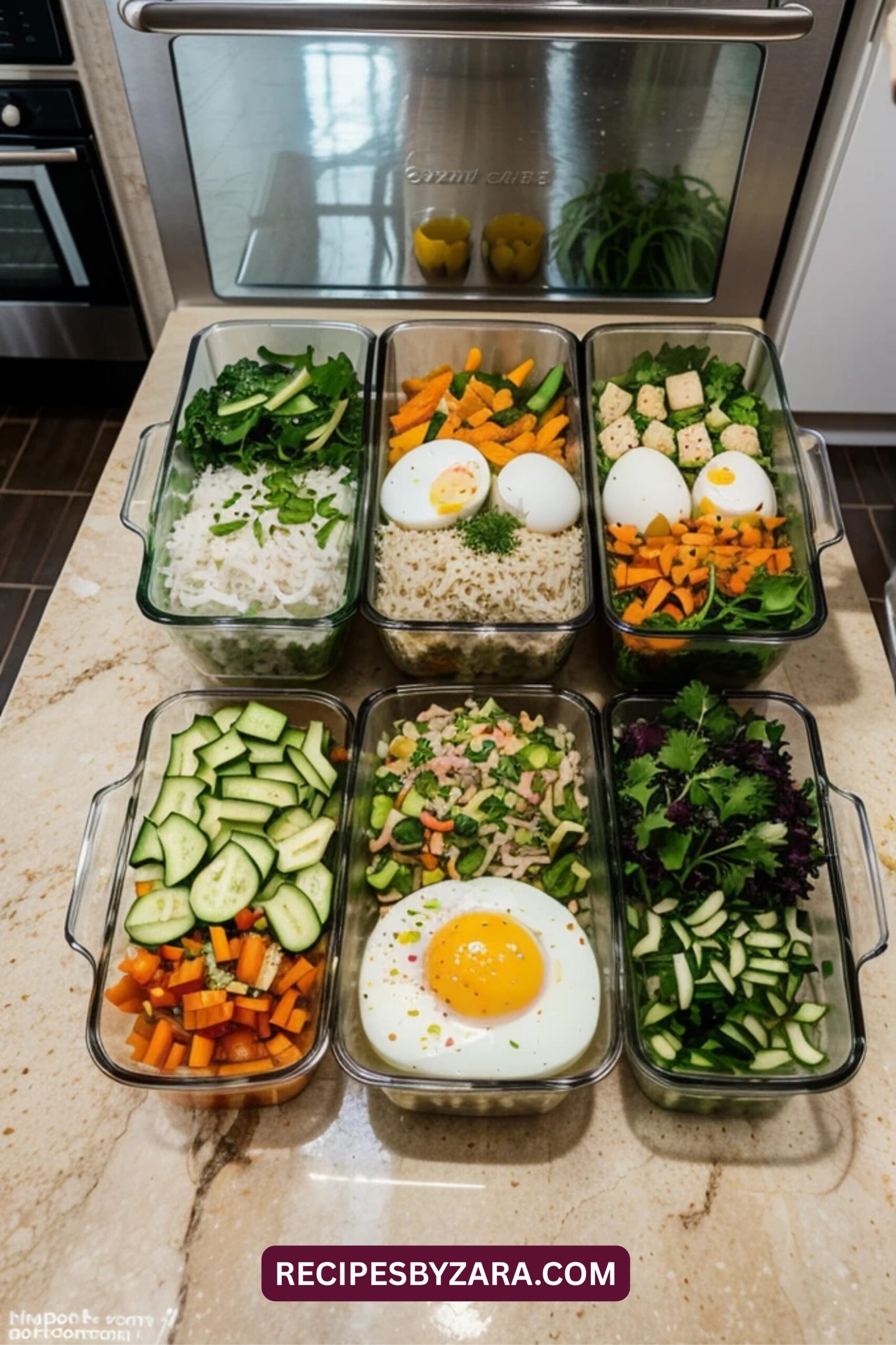
Prepping ingredients in advance is the heart of meal planning. Start by washing and chopping vegetables in bulk. Store them in airtight containers or resealable bags. Doing this once a week saves you a ton of time during the weekdays and makes meals quicker to assemble.
Use compartment-style containers if you want to portion out entire meals. This helps with calorie control and makes it easy to grab a meal and go. Keeping pre-cut items like bell peppers, cucumbers, and carrots ready also encourages healthy snacking.
To extend the life of herbs and greens, wrap them in a paper towel before placing them in bags or containers. This reduces moisture and helps prevent wilting. If you’re prepping items that spoil quickly, like avocados or cut fruits, add lemon juice to slow browning.
Pre-cook the more time-consuming items like brown rice, hard-boiled eggs, or shredded chicken. These staples are versatile and can be used across multiple dishes. Done right, ingredient prep turns your kitchen into a powerhouse of healthy food portioning with very little day-to-day effort.
6. Storing Prepped Meals Safely and Effectively

Proper storage is just as important as prepping itself. Always use portion-sized containers so you can avoid overeating or having to reheat too much at once. Glass containers with locking lids work best, but BPA-free plastic is a good budget-friendly alternative.
Separate wet and dry ingredients when storing. For example, keep sauces in small side containers to avoid sogginess. This makes a huge difference in maintaining taste and texture, especially when you’re relying on heat and eat meal prep for busy days.
Make labeling a habit. Write the name and date on each meal so you know what to eat first. This helps rotate meals efficiently and avoid spoilage. Stickers, masking tape, or label makers all do the trick.
Store fridge meals for up to 4 days, and freeze anything you won’t eat in that window. Frozen meals can last for up to 2–3 months when sealed properly. With this approach, your freezer meal storage tips ensure your hard work lasts longer and stays safe.
FAQs
Q1: What’s the best way to start meal prepping for the first time?
Start small. Choose one protein, one grain, and two vegetables to prep for the week. Cook them in bulk and build simple meals. As you gain confidence, expand your options and try new recipes.
Q2: How do I keep prepped meals from getting soggy or bland?
Store sauces and dressings separately, and avoid freezing high-moisture vegetables like lettuce. Reheat food in a pan or oven for better texture. Use herbs and fresh toppings to refresh flavors.
Q3: How long do meal-prepped items last in the fridge?
Most items last 3–4 days in the refrigerator. For longer storage, freeze meals in airtight containers. Always label and date items to ensure freshness and safety.
Q4: What are the safest containers for meal prep storage?
Glass containers with airtight lids are best. They don’t stain, hold up well in the microwave, and are more eco-friendly. BPA-free plastic containers are also safe and lightweight for on-the-go meals.
Q5: Do I need expensive kitchen gadgets to meal prep effectively?
No. A sharp knife, good cutting board, and quality storage containers are all you need to start. Gadgets like air fryers or Instant Pots can help, but they’re optional.
Q6: Can I meal prep in a small or shared kitchen space?
Yes. Use stackable containers and vertical storage to save space. Prep in phases if needed, and clean as you go. Efficiency matters more than size when it comes to kitchen tips for meal prep.
